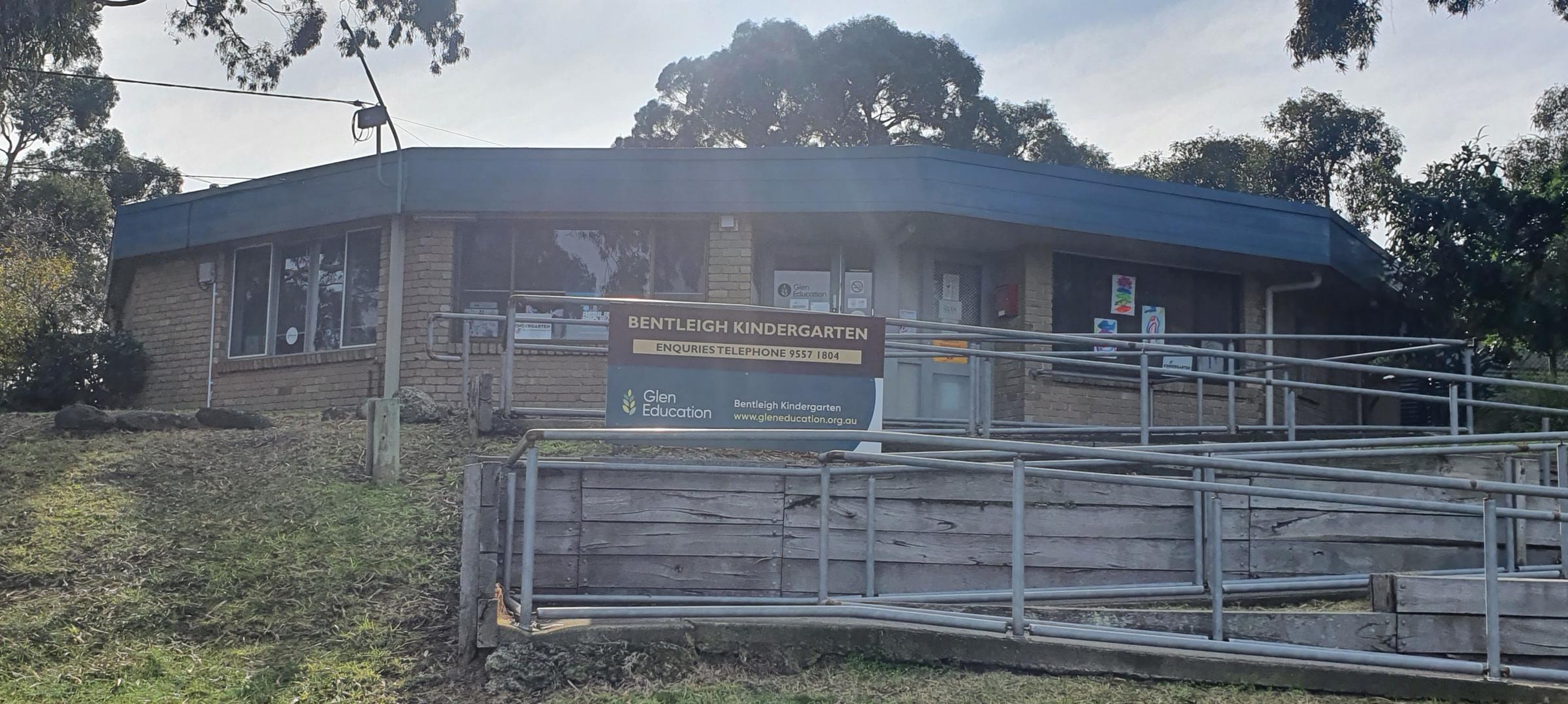Glen Education Bentleigh

Time in Nature
Fiammetta Soazzi, Early Childhood Educator
Nature a place to wonder, discover, experiment, relax, be happy and learn.
At the beginning of the year, educators do not know the children, their interests, what they like to do, and what they can and cannot do yet. It is fundamental that in the first few weeks, educators observe the children playing and interacting in the new environment.
During autumn, a few children brought colourful leaves, sparking their interest in discovering more about the world around them. This marked the beginning of our journey "in and with nature."
During group time, we discussed what was happening in nature at this time of the year. We engaged with the children through storybooks, videos, and discussions, exploring the magic of the autumn season. We showed the children multicoloured autumn leaves, and we were all amazed by the many colours we could find, sometimes even in just one leaf.
We decided to use the leaves for a "leaf rubbing art" activity. The idea was to find an interesting leaf, place it on a hard surface, put a piece of paper over it, and rub a crayon on the layered paper to reveal a leaf rubbing. The children were immensely proud of their artwork, and they were amazed at how magically the leaf appeared on the paper.
In the following days, we continued using the leaves for various activities, such as scrunching, pasting, sorting by shapes and colours, and punching them with a hole puncher.
We are lucky to have a garden bed available in our yard to plant vegetables. Extending on children’s interest we let them plant little seeds. The children were enthusiastic about our garden project at kindergarten, often wanting to help prepare the soil, plant, and water our seedlings. They even enjoyed searching for worms or bugs in the soil and proudly showed them to educators and peers.
On multiple occasions, the children asked educators questions related to nature and bugs while gardening, always showing respect, empathy, and kindness toward nature and animals.
The children feed our worms in the worm farm every day with the food scraps we produce at kindergarten. This provided a great opportunity to learn and teach about recycling—what it is, why it's important, and how it works.
With care, patience, and time, we were able to harvest our spinach and silver beet, making a delicious quiche with the children.
During spring, we engaged the children in discussions about the different seasons of the year. With the aid of books, songs, and group conversations, we collectively explored and described the characteristics of each season. We observed various changes outside, such as the blossoming of flowers, the emergence of new leaves, the presence of butterflies and bees. In our vegetable garden, we noted that our vegetables were growing faster than before, the sun was becoming warmer, prompting us to apply sunscreen and wear hats. We all agreed that spring had arrived!
To celebrate this beautiful and colourful season, we decided to use natural materials like flowers and leaves to create some spring decorations. We crafted unique nature-inspired decorations by cutting out sections of paper plates and using contact paper, which we then attached to our kindergarten windows.
We engaged with the natural world by getting to know the birds in our kindergarten yard and participating in the "Aussie bird count" (16-22 October). Educators and children gathered facts and information about birds living in our area and in Australia in general. The children had fun searching, counting, recognizing, and discovering birds in our kindergarten yard. These experiences helped develop a deeper connection to nature, engage in scientific exploration, and contribute to the conservation of Australia's magnificent birdlife.
Our journey in nature continued with discussions about endangered animals and what children and the community can do to help endangered species.
Nature was also present when educators brought a bunch of "bird of paradise" flowers to kindergarten. The children observed, commented on, and admired these unique flowers. Together, we discovered a few facts about these flowers, like their origin, appearance, and symbolism. Educators observed this and used the floral arrangement as a provocation to encourage observational painting. The children were encouraged to look at the flowers and paint what they saw. When looking with intent, the children's perspective of what they see becomes more intentional, and their painting reflects their view and interpretation of the object they are painting. The details they see become more pronounced. This allowed them to celebrate their own efforts and achievements as well as those of their peers. Such activities foster a spirit of curiosity, exploration, and appreciation for the world around them.
With the children, educators found numerous benefits, resources, learning opportunities, and open-ended experiences related to nature. In the end, we believe that children chose what to prioritise in the program this year, and educators simply followed the children's interests, acting as facilitators and partners in their learning and discovery about nature.


